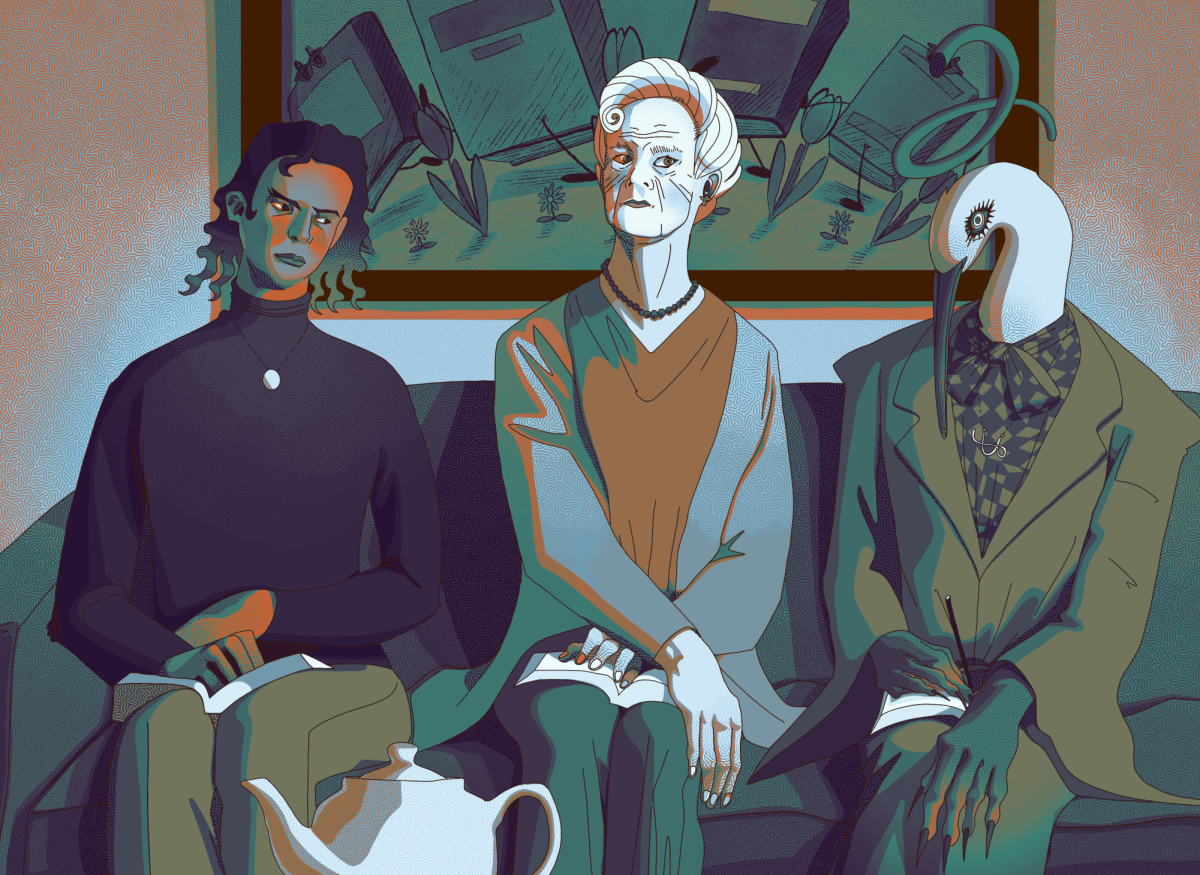Horace Greeley once told Josiah B. Grinnell, “Go west, young man, go west.” But how, exactly, did one go anywhere at all, all those years ago? Back then, it was all about trains, and the town of Grinnell can trace its roots back to the intersection of two rails—it was a crossroads, and a place for entrepreneurs to contribute to the growing business of transportation.
In roughly 14 months, the Spaulding Center for Transportation will open in Grinnell at the old Spaulding Manufacturing Buildings on Spring Street, between 4th Ave. and the railroad tracks. Featuring exhibits sponsored by prominent transportation companies and organizations as well as a constantly expanding Transportation Heroes display, the museum will chronicle the past, present, and future of transportation.
“We want to tell the story of transportation, how it evolved, some of the people that have been involved in making things happen,” said Chuck Brooke, Executive Director of the Spaulding Center for Transportation.
Today, we take for granted that our cars travel across paved roads, that our planes usually stay in the air and that horses are more for recreation than expedient travel. Many brilliant minds, however, spent years creating the vehicles that we know and love today. Many of those brilliant minds called Iowa—Grinnell in particular—home.
A recent inductee to the Transportation Heroes portion of the future museum, Henry Spaulding’s historic complex consists of three buildings, two of which will house the museum’s exhibits. These buildings hold significance as they once served as the site of one of the largest buggy manufacturers.
“The facility we are using now, that we are restoring part of, once produced over 10,000 buggies a year and employed over 400 people,” Brooke said. “They built cars, even, from 1911-1950.”
The museum is not focused solely on the transportation pioneers of the past. The organization is eagerly awaiting news of the future passenger train that will travel across Iowa. Brooke and the Board of Directors have already expressed an interest in using the third Spaulding building as the new depot for Grinnell’s railway stop. Brooke explained that “museums connect the past to the future” and this museum will serve as both a memorial to the past and a part of the future.
This concept of an Iowa Transportation Museum began ten years ago at Iowa State University when a professor and a Department of Transportation agent decided that the transportation geniuses of Iowa should be honored for their contributions. The town of Grinnell quickly vied for the chance to be home to this state museum.
A perfect location, a rich history of transportation and an abandoned buggy and car factory waiting to be put to use convinced state leaders that Grinnell would be the perfect place to host the museum.
“We have Grinnell College here to help work with the museum to tell the history of transportation,” Brooke said. “Now, with 3.7 million dollars in state and federal grants, along with private donations, the museum is finally nearing completion.”
Far from the typical image of a farm boy becoming a moderately successful car salesman in Detroit, the transportation honorees had significant impacts on the world of transportation. Billy Robinson, one of the individuals that the museum will honor, pioneered modern radial engines for airplanes while working in a repair shop in Grinnell. The museum will also honor Peggy Whitson, who, after growing up in Beaconsfield, Iowa where she was told women didn’t “do that type of thing,” proved them wrong and became the first female commander of the International Space Station.
Grinnell students have also been instrumental to transportation.
”[The Spaulding Manufacturing Buildings] had been placed on the national historical registry back in the mid 70s” Brooke said. “It was through the efforts of a Grinnell College student that that happened.”
Brooke described the importance of the museum simply. “Grinnell has a rich transportation heritage. Grinnell was settled here, originally, because two railroads intersected here. Transportation is what made the west develop.”
In return, intelligent people developed new modes of transportation. Perhaps that is what Greeley meant when he said to “grow up with the country”—that there are unexplored realms, both physical and theoretical, that await the inquisitive mind, even if those minds are in the cornfields of Iowa.




























































